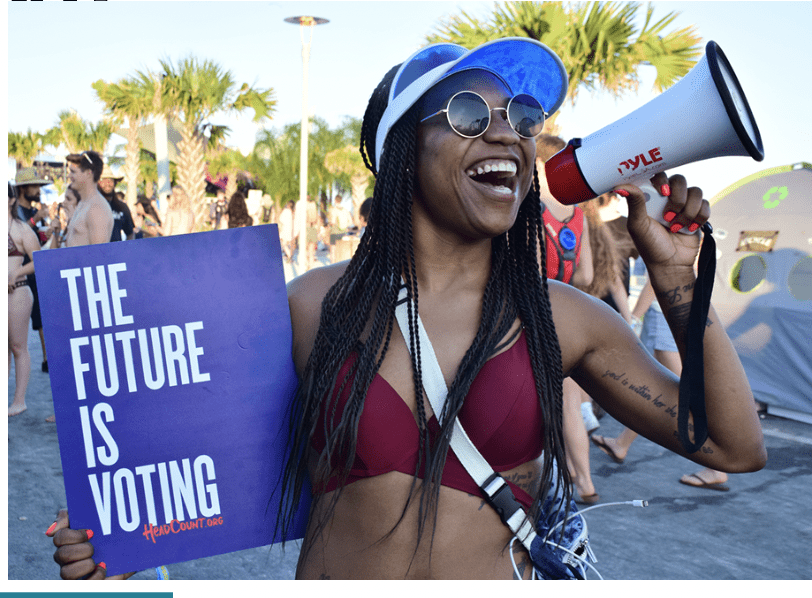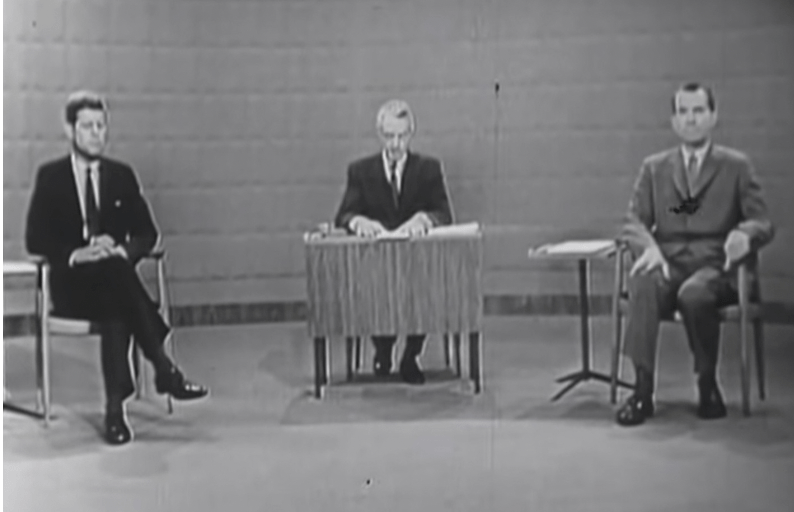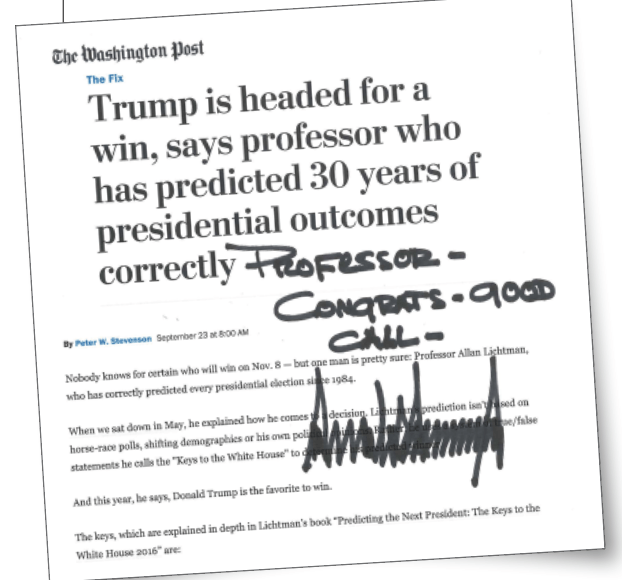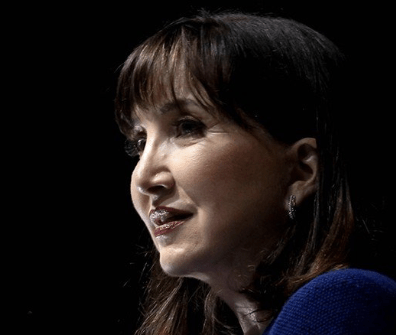Are We Doing Voting Right?
Advocates argue that ranked choice balloting empowers voters, encourages candidates to moderate their views, discourages negative campaigning and strengthens third parties. Skeptics aren’t so sure.
Ranked choice voting may seem mysterious to most Americans, but this relatively rare way of casting ballots has colored the results of recent elections from New York to Alaska and from Maine to California. Now, it’s poised for its biggest test yet in this month’s midterms.
Proponents declare the current interest in ranked choice voting—or RCV—is just the beginning of a major overhaul of the nation’s elections. Political scientists interviewed by Luckbox agree RCV is having a moment in the spotlight but could slide back into obscurity.
Simply stated, RCV enables voters to rank their preferences on a ballot with more than two candidates. Instead of choosing just one nominee, they indicate their first choice, second choice, third, fourth and so on.
It’s a panacea that could cure many of the political ills of a divided nation, according to FairVote, a Washington-based group that’s been working to spread RCV for 30 years.
“There’s a whole host of exit surveys showing that voters who have used ranked choice like it, and they understand it and they want to keep using it,” said Deb Otis, the organization’s research director.
Academics seem open to RCV but less enthused.
“On one hand, ranked choice voting is far more prevalent in the United States than it’s ever been today,” noted Mark P. Jones, a professor of political science at Rice University and author of Voting and Political Representation in America: Issues and Trends. “That said, it’s only used in a small fraction of U.S. elections.”
“It’s had moments before and gone away, so I would be skeptical about whether it could be different this time,” said Robert G. Boatright, a political science professor at Clark University and author of Getting Primaried. “I think one problem ranked choice voting has is we’ve had this whole national argument about whether it’s easy for people to understand it or not.”
How RCV works
On an RCV ballot with more than two candidates, voters rank their choices. Let’s suppose, for example, that three nominees are running for an office. Citizens could rank their first, second and third choices.
Office seekers who receive more than 50% of the first-choice votes win. The election’s over.
But if no one earns a majority in the first round, then the third-place candidate is eliminated, and their second-place votes become first-place votes for the other two candidates.

Confused yet? Applying some numbers to the example should help explain the process. See Ranking Candidates, right.
We can use the vote totals from Alaska’s recent special election to fill the seat in the U.S. House of Representatives that became vacant with the death of Republican Rep. Don Young.
According to The Washington Post, the count of first-choice votes went 42% for Democrat Mary Peltola, 31.2% for Republican Sarah Palin, and 28.5% for Republican Nick Begich III.
No one won a majority, so the count went to a second round. Begich was eliminated and his second-choice votes became first-choice votes. That gave Peltola 51.5% to Palin’s 48.5%.
An analysis of Peltola’s victory illustrates some of the purported advantages and possible weaknesses of RCV. It happened in a system that began with a primary that included nearly 50 candidates from almost as many parties. The primary narrowed the field to four candidates from three parties. One of the four dropped out, pitting three candidates from two parties against each other in the general election.
Advantages of RCV
Advocates maintain that RCV encourages candidates to assume more moderate positions to broaden their appeal to a wide range of voters. That worked for Peltola in Alaska, who showed a degree of openness to fisheries issues and fossil fuel exploration that’s unusual for Democrats, according to Otis.
RCV also discourages negative campaigning, proponents say, instead rewarding candidates who form coalitions with rivals. In an example from the recent New York mayoral race, candidates Andrew Yang and Elizabeth Holtzman advised voters to pick the other candidate as a second choice, Jones noted. He also said Palin seemed unusually friendly with Peltola in Alaska.
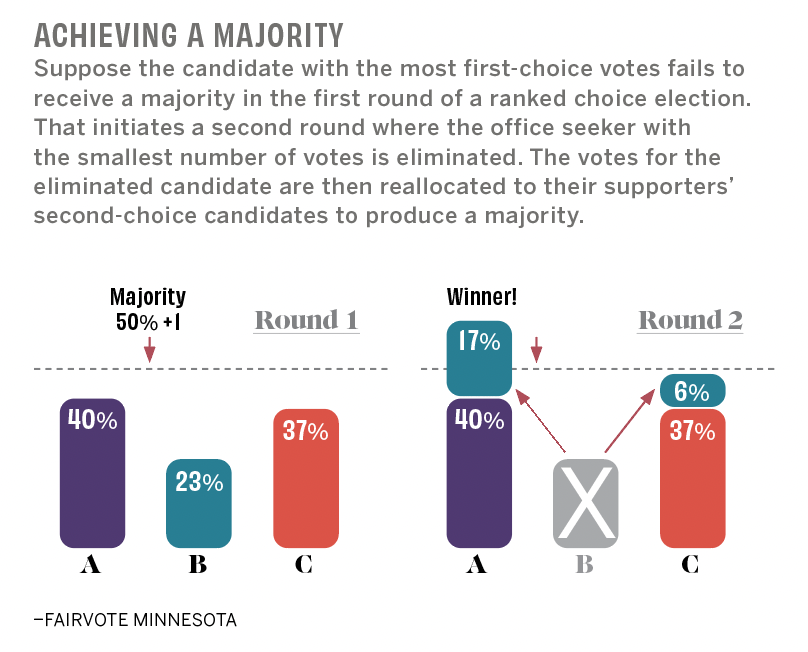
RCV prevents true extremists with strong minority support from winning, according to Jones. Such candidates might prevail in a system where a plurality wins—say 30%—but reallocating votes under RCV to arrive at a majority helps boost moderate candidates. “You’re reducing the ability of part of the base to influence the outcome of the election, which is one of the goals [of RCV],” he said.
The Alaska special election demonstrated a reassuring strength of RCV in that the winner of the first round prevailed in the second count, Otis said.
But that’s not always the case. Republican incumbent Bruce Poliquin led the first round in a Maine Congressional race in 2018, only to lose to Democratic challenger Jared Golden in the second round of the four-person contest.
Still, that was a closely contested election in the Pine Tree State of Maine. Otis said that when a candidate leads by 10 points in the first-choice voting, an opponent has almost never come from behind to win.
Yet, the resulting confusion in Maine was unsettling, Boatright noted, emphasizing that “it’s easy for Maine Republicans to spin that and say our guy was done wrong.”
As though there weren’t already enough uncertainty surrounding RCV, skeptics cite voter confusion as a drawback.
But the Alaskan special election dispelled that fear, according to Otis. She quoted a study indicating 85% of voters in the state found RCV simple and that 95% received instruction on how to fill out their ballots.
Boatright agreed with that optimistic view, saying “a lot of the evidence coming out of Alaska is that voters generally knew what they were doing.”
Although it may not have been a factor in recent voting that Luckbox examined, RCV strengthens third parties, observers agree. Voters can express their approval of candidates who have little chance of winning by marking them their first choice, while still maintaining a voice in the election by showing their support for their second choice over their third.
RCV is sometimes called “instant runoff” voting because it eliminates the need to hold another election when no candidate receives a majority. Doing away with a second visit to the polls saves time and reduces expenses.
Wider use of RCV would also promote progress on issues voters care about, Otis maintained. Candidates would be elected with a broader base of support and less obligation to niche groups. Once elected, officials would fulfill campaign promises based on issues instead of vows to perpetuate culture war skirmishes.
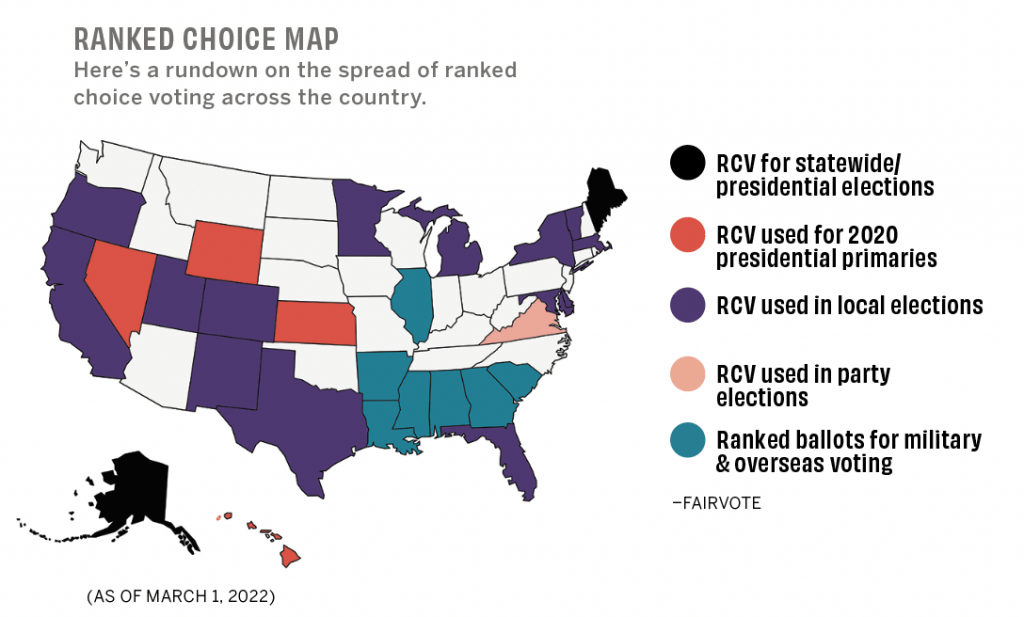
RCV works especially well when parties choose candidates from a crowded field at a convention instead of a primary or caucus, Jones noted. That’s because convention delegates know more than the general public about a long list of candidates. RCV at conventions has yielded strong candidates for the Republicans in Virginia and the Democrats in Utah, he noted.
Objections to RCV
In Alaska, RCV may have hurt the Republican party because GOP loyalists split their votes between Palin and Begich. But moderation won out because enough Begich voters chose Democrat Peltola to lift her to victory.
However, RCV skeptics note that 21% of Begich voters didn’t indicate a second choice. While Peltola won 51.5% of the first- and second-choice votes, that doesn’t account for something called “exhausted” votes, notes the Election Daily website.
When a last-place candidate like Begich is eliminated, their second-choice votes are reallocated and the ballots that listed no second choice are “exhausted” and become irrelevant to determining the winner.
But if the exhausted ballots are included in the count, Peltola won with 48.5%. Any way the voting is sliced and diced, she won, but the Election Daily argument undercuts the FairVote position that RCV necessarily produces a majority.
Some also take exception to the notion that candidate coalitions are necessarily a good thing.
Democrat Eric Adams, an African American, won this year’s New York race for mayor but during the campaign accused opponents of racism for combining forces against him, according to RealClear Politics.
Good, bad or something in between, how likely is RCV to proliferate?
The spread of RCV
Today, 53 municipalities are using it, Maine and Alaska are using it for all federal elections, and four states are using it for military and overseas voting, according to Otis. “That’s reaching 14 million people,” she said.
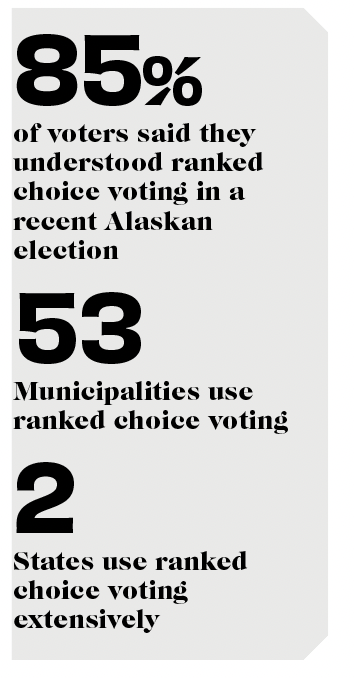
Six states have passed legislation to institute it in the future, and it’s on the ballot in referendums in this month’s elections in 10 places that include the state of Nevada and nine cities scattered around the country, Otis continued. When it succeeds in a city, it’s often instituted by nearby cities, something that’s happened in California and Minnesota, she noted.
“Working for ranked choice voting in states and cities is one of the key ways that we can pave the way to national reform,” Otis maintained. “We can achieve this in a decade.”
With more RCV just ahead in the midterm elections, the nation should get a clearer view of the process, Boatright said. He provided a laundry list of what might happen: Big donors may split contributions among more than one candidate to ensure their type of politician emerges victorious. Political parties may back less-extreme standard bearers. Candidates may become open to alliances with their competitors. Voters might do their homework more diligently to help them choose among multiple candidates.
What could ultimately occur with the spread of RCV? The past may provide a clue. Let’s begin by recalling that Democrat Bill Clinton won the presidency 30 years ago with 43.0% of the vote, compared with 37.5% for Republican George H.W. Bush and 18.9% for Independent Ross Perot.
“The Clinton election in ‘92 might be the one recent election that could have been altered by rank choice voting,” said Jones. “That’s because, arguably, more Perot voters would have selected George H.W. Bush as their second preference. So, in a small number of states, it might have made a difference.”
As recent elections have demonstrated, a small number of votes in a few states can make all the difference: Hillary Clinton could have won in the Electoral College in 2016 by scoring one point more in the votes of three states.
So, advocates may be right when they crusade to entrench RCV.


